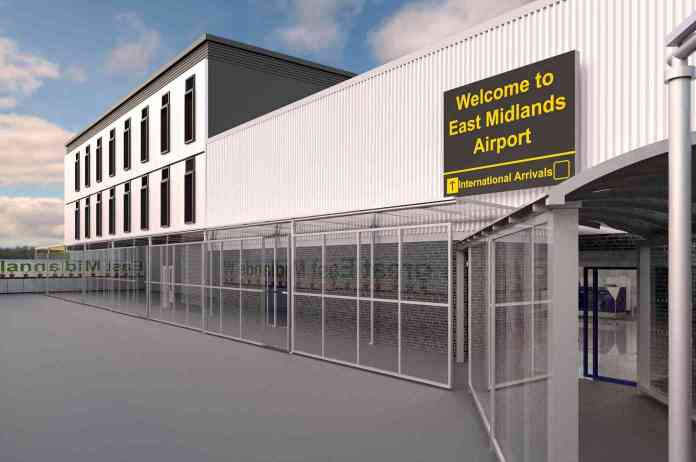
CTB Interview: Project Servator deployments
Counter Terror Business (CTB) talks to Caroline Graham (CG) about Project Servator deployments and what the public can expect at East Midlands Airport
CTB: In. the last two years there have been more than 1,500 arrests as a result of Project Servator deployments. How important is it for Leicestershire Police to be trialling the scheme at East Midlands Airport?
Leicestershire Police are really proud to be trialling Project Servator at East Midlands Airport, helping keep this community and the people who pass through it safe. With approximately five million passengers using the airport each year it is important for us to reassure these visitors and deter criminals from carrying out any activity at the site. Although Project Servator is not a response to a specific threat, the threat to the UK from terrorism is ‘substantial’, meaning an attack is likely. The tragic events at Streatham High Road in January 2020, Fishmongers’ Hall in London in 2019 and London and Manchester in 2017 remind us that attacks can happen at any time or place without warning. This means we all have to remain alert and vigilant when going about our daily lives. Our highly visible deployments will help spread this message of vigilance within the airport community.
CTB: What training is involved for police when it comes to Project Servator?
As part of Project Servator, police officers are specially trained to identify individuals who may be planning or preparing to commit a crime. This can range from someone shoplifting to an individual who is planning a terrorist attack carrying out reconnaissance at an iconic site – the tell-tale signs that bring them to officers’ attention are the same. Their state of mind is often demonstrated by tell-tale signs that specially trained police officers and security staff can look out for and then take action.
CTB: What can the public expect to see as a result of these deployments?
Project Servator deployments are normal police deployments, but they are unpredictable, so the public can expect to see them pop up anywhere and at any time. The public should not be surprised or alarmed if they see them and weren’t expecting to. We encourage the public to talk to the officers involved if they want to find out more.
The number of police officers and assets involved will vary from deployment to deployment. Not all aspects of the deployments will be apparent. For example, in addition to uniformed police officers, there will be plain clothes officers present, along with CCTV, ANPR and other measures that may not be visible to the public.
If there’s a Project Servator deployment in the area, there’s nothing to worry about. As part of their activity, those involved will talk to the public and local businesses to let them know what they are doing and remind them to be vigilant and report any suspicious or unusual behaviour to police. Officers may also hand out leaflets explaining what Project Servator is or put Project Servator posters on display. Working with the community is a vital part of making Project Servator a success.
CTB: You say that Project Servator 'will add another layer of security to our existing policing methods’. Can you expand on this?
Project Servator was developed, tested and refined over a five-year period by experts at the Centre for Protection of National Infrastructure (CPNI) in partnership with the City of London Police. The Project Servator logo depicts a police officer, police dog, and three other people, which could represent a member of the public, a security officer, or member of retail staff. This portrays both the collaborative ethos behind Project Servator and the use of different police assets. We have great relationships with staff, security and passengers around the airport site and we are using Project Servator as a way of building on these relationships to disrupt a range of criminal activity and create a network of vigilance against those intent on committing crime, including terrorism.
CTB: Project Servator also encourages the public to learn how to spot the signs of suspicious behaviour. Given the current security climate and recent attempted terrorist attacks, how important is the role of the public in reporting and reacting to threats?
The role of the public is really important in reporting threats or suspicious activity. We rely on the public to be our eyes and ears. They have a key role to play by reporting anything that doesn’t feel right, for example an unattended item or someone acting suspiciously. We ask the public to report suspicious activity immediately to a police officer or their local police on 101. Suspicious activity is anything that seems out place, unusual or doesn’t seem to fit in with day-to-day life. If it’s an emergency, you should always call 999.












